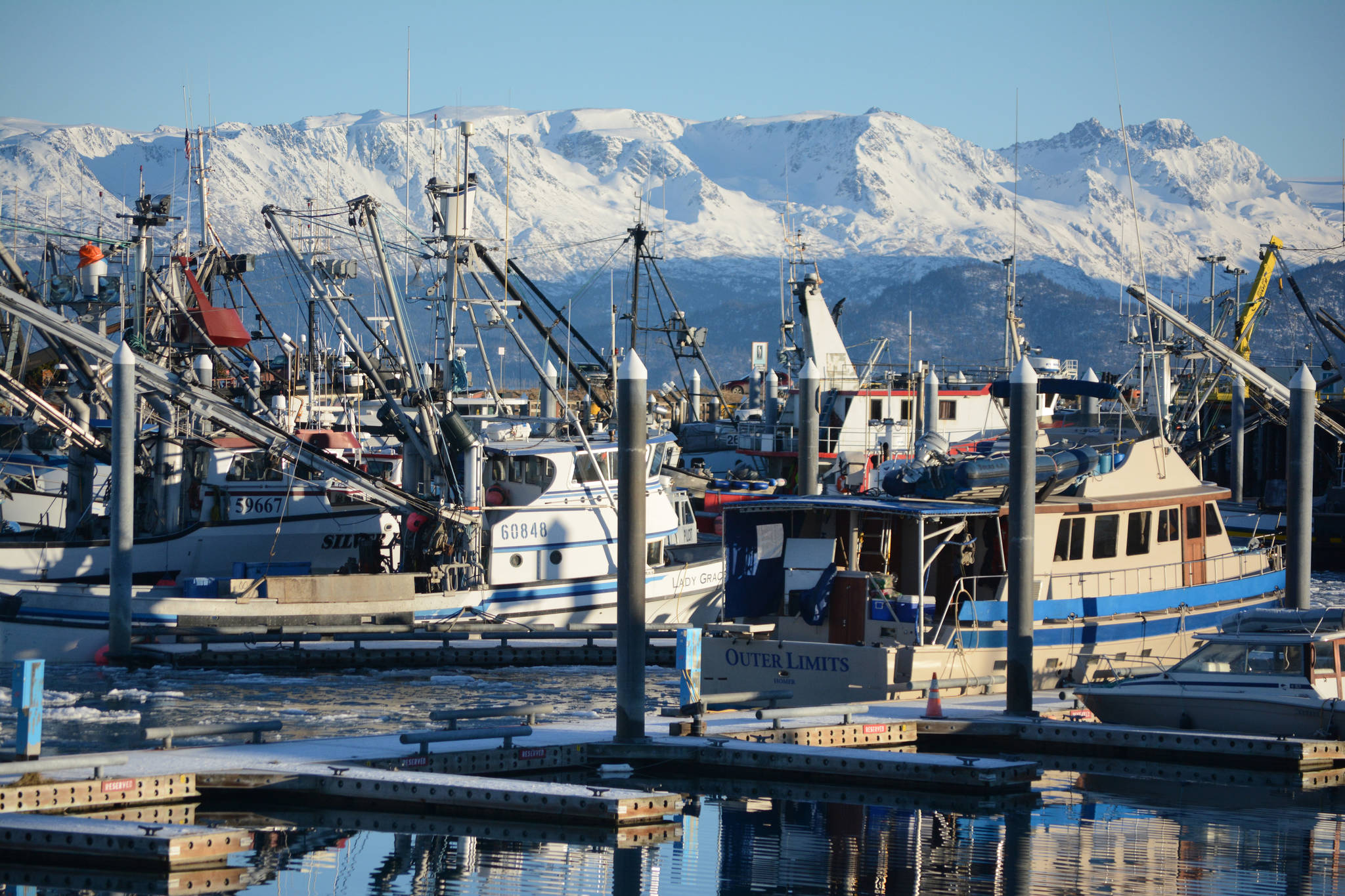Halibut prices reached unprecedented levels this spring, but may be about to come down from the stratosphere soon as more boats put out to sea and other sources of fresh fish come on the market.
Prices have hovered around $9 per pound for large fish, although the $8.35 being paid in some places for smalls would still be a record.
Billy Sullivan, owner of Kachemak Bay Seafood, said that several factors have played into the high prices: Pent up demand at restaurants, not many boats fishing,and those that are reporting scratchy fishing.
“In the beginning there was a lot of bad weather, and not a lot of fish came in,” Sullivan said. “And now it’s just the Mother’s Day (market). After this weekend, I’m not sure what will happen.”
The Russian Orthodox Easter holiday took a large part of the Homer and Kodiak fleets off the water, which considering the spotty fishing and especially high fuel prices was probably a blessing.
“It was the Russian holiday last week; that’s why everyone is desperate for fish this week,” Sullivan said.
Several local boats have talked about the unusually cold spring and poor catches. Sullivan said he talked to one boat that went 60 miles out into the Gulf of Alaska and made three long sets out on the offshore banks that are normally productive and “didn’t catch anything.”
It is far too early in the season to figure out whether the increased quota for most areas is a miscalculation by regulators, and catches have mostly been climbing week over week since the season opened, although it has dropped in three of the seven week full weeks the fishery has been open, which is not unusual.
Sullivan said that it’s likely that the price will drop once the salmon fisheries come online, but the first fishery scheduled to do so, the famed Copper River sockeye and king salmon fishery, typically has sparse catches in the early days, and most of those fish are spoken for by high-end restaurants and celebrity chefs.
One possible variable is the quota on the east coast of Canada, where quotas are also up and prices are also high, but those fish are largely sold on the East Coast, and as hungry as markets are for fish that may not matter.
“Halibut is the only fresh fish available,” Sullivan said, which is a core reason for the high prices. “We’ll see what happens next week.”
Cristy Fry can be reached at realist468@gmail.com



